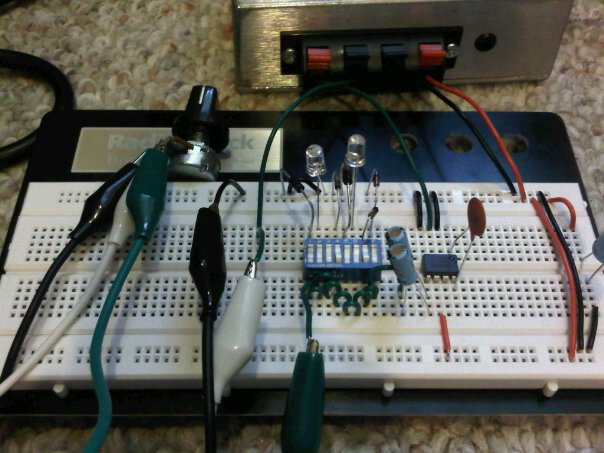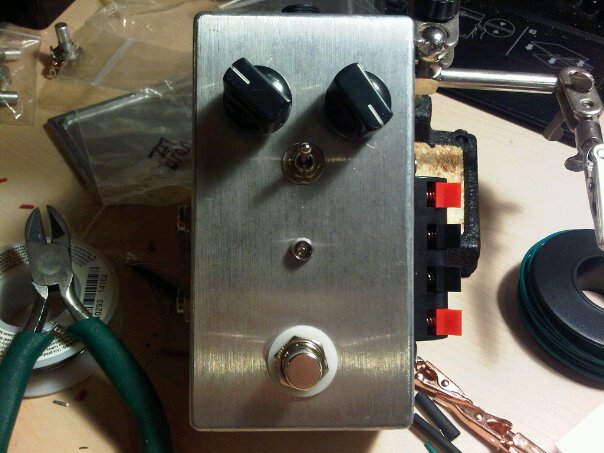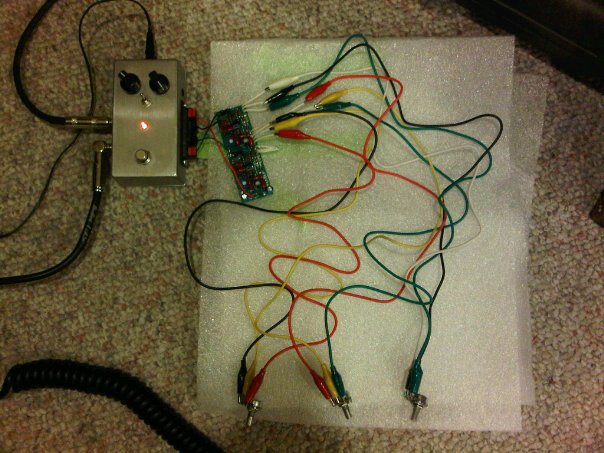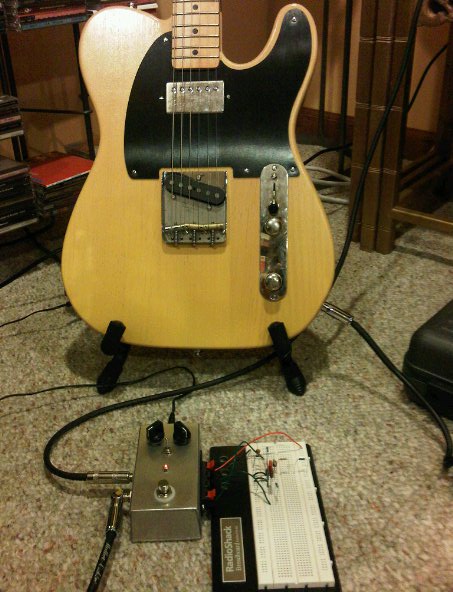- Published:January 27th, 2015
- Comments:No Comments
- Category:Diary, Music
I’ve always wanted a Les Paul Junior. Single P-90 pickup in a mahogany slab body. It’s the Telecaster of the Gibson world. Or, the Esquire, I suppose. Anyway, it’s a bad-ass rock and roll instrument, and I wanted one. So when an Internet forum member that I knew lived nearby put a cheapie sunburst Epiphone Junior up for sale I jumped on it pretty quick.
It probably wasn’t the smartest purchase I’ve ever made — body and headstock beat to hell, cheap electronics and tuners that make me extremely nervous. I probably could’ve found one on Craigslist for a few bucks less, but this was an fast, cheap and easy transaction from a guy I know and trust, so I went ahead and brought it home.
The previous owner had swapped out the original cheap plastic nut with a Graph Tech TUSQ replacement. It was certainly an upgrade, but the nut itself required a bit of sanding and filing that hadn’t been done. (In fact, noodling around on this guitar with the unsanded nut for a week gave me a nasty case of tendinitis that didn’t go away for a few months. Man, I hate being old.) Luckily, the nut came out with just a few taps of a hammer and a flathead screwdriver, and, after a couple rounds of sanding, a tiny dollop of glue, a tweak on the truss rod and a new set of strings, Junior was ready to go!
Just in time, too. Los Padres are scheduled to play the KIP fundraiser this March. I gave Junior a spin at last week’s rehearsal and I think I like it. If it holds up over the next few weeks I might just keep the tele tuned to Open G and only bring it out for select numbers. We’ll see.

















